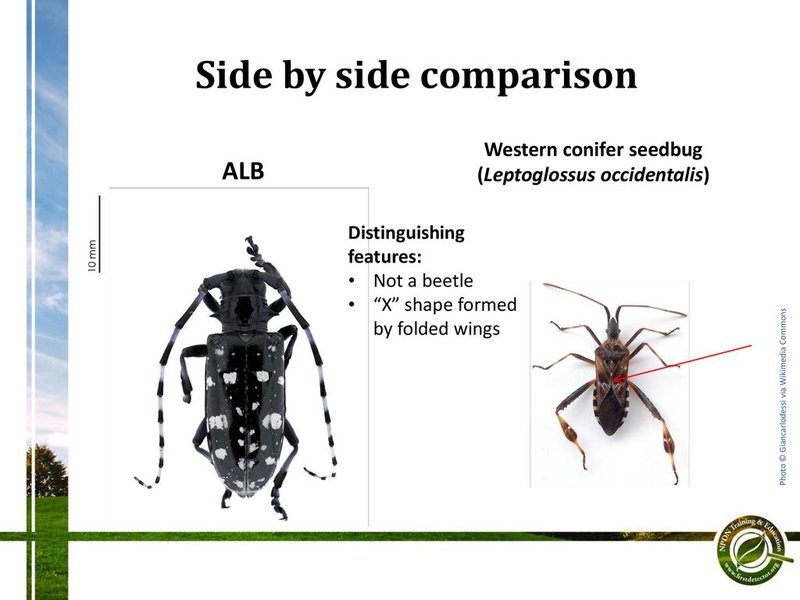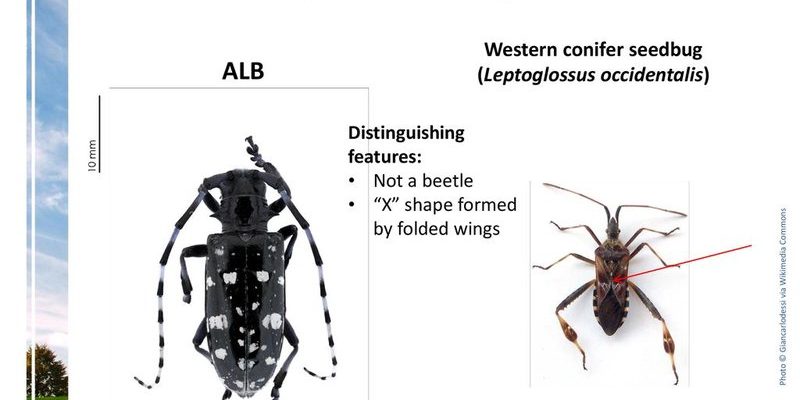
Imagine you’re at a picnic, and you see a shiny black bug crawling on your sandwich. Is it a harmless beetle or something else that might make you squeamish? Understanding the differences between beetles and their look-alikes can help you identify these critters and might even make you appreciate them a little more. Let’s take a closer look at the beetle and a few of its similar insect friends.
What Exactly Are Beetles?
Beetles belong to the order Coleoptera, which means “sheathed wing” in Greek. This name comes from the hard outer wings that protect their delicate flying wings beneath. You might be startled to learn that there are over 350,000 known beetle species! They can be found in nearly every habitat on Earth, from rainforests to deserts.
Beetles share some common characteristics that set them apart. They typically have a broad, oval body and an identifiable head with chewing mouthparts, perfect for munching on plants, wood, or even other insects. Some common beetle types include ladybugs, weevils, and the mighty rhinoceros beetle, which can carry up to 850 times its body weight! Talk about strength!
Ladybugs: The Beetles in Disguise
You might be surprised to learn that ladybugs, those cute little spotted bugs we often associate with good luck, are actually a type of beetle! They belong to the family Coccinellidae and are well-known for their vibrant colors, which can range from bright red to yellow.
Ladybugs have a similar hard outer shell like other beetles, but they usually display distinct spots—usually black—on their wings. These insects are beneficial to gardens because they feed on aphids and other pesky pests. So, if you spot a ladybug in your garden, rejoice! It’s a tiny garden warrior working to keep your plants healthy.
Stink Bugs: The Smelly Look-Alikes
Another insect you might encounter that resembles a beetle is the stink bug. While stink bugs belong to the family Pentatomidae and are not technically beetles, they can easily confuse casual observers due to their somewhat similar shapes and sizes.
Stink bugs have a more shield-like body shape and are often green or brown, with a distinctive “X” pattern on their back. One of the most noticeable differences, however, is that when threatened, stink bugs release a foul odor from their bodies to deter predators. This ability is not something that beetles possess, making it a good identifier if you’re unsure. If you encounter one, you might want to keep your distance until it scuttles away!
Click Beetles: The Jumping Beetles
Another fascinating beetle that may catch your eye is the click beetle. If you’ve ever seen a bug that seems to leap into the air when flipped onto its back, there’s a good chance it’s a click beetle. They have a unique ability to produce a clicking sound when they flex their bodies, allowing them to flip back onto their feet—a nifty trick in the insect world!
Click beetles are often elongated and can come in various colors. They have the same hard outer shell, but the clicking mechanism sets them apart. It’s a fascinating survival tactic and adds to the wonder of beetles. So, if you see a beetle backflipping, you now know it’s not just showing off!
Weevils: The Beetle Family’s Specialized Bugs
Weevils are another group of beetles that might cross your path. They belong to the family Curculionidae and are easily identified by their elongated snouts, which look a bit like tiny noses. The shape makes it easy to confuse them with other insects, but their distinct features set them apart.
Weevils are essential players in nature, often feeding on plants and grains. Some species can be pests, damaging crops by chewing holes into grains or plants. If you spot a bug with a long snout munching away on your garden, chances are it’s a weevil!
How to Identify These Insects
Identifying beetles and similar insects can be tricky, especially when many species look alike. Here are some tips to help you discern them easily:
- Shape: Pay attention to the body shape. Beetles often have a broad and oval body, while stink bugs have a shield shape.
- Color: Many beetles like ladybugs have bright colors and distinct spots, while weevils typically show a more muted palette.
- Behavior: Notice how they move. Click beetles can leap when startled, while stink bugs release a foul odor.
- Habitat: Consider where you find them. Different insects prefer different environments.
Becoming familiar with these characteristics will help you differentiate between beetles and their close relatives.
Why Understanding These Insects Matters
Understanding the difference between beetles and similar insects isn’t just about avoiding a scare. It’s also crucial for gardeners, farmers, and nature enthusiasts. Recognizing beneficial bugs, like ladybugs and click beetles, can help you protect your plants and maintain a healthy ecosystem.
Plus, there’s something fascinating about nature’s diversity. When you know what you’re looking at, you can appreciate it more fully. Imagine spotting a weevil munching on your plants and realizing its role in the ecosystem—how cool is that?
Final Thoughts
The world of insects is incredibly diverse, and beetles certainly stand out as a fascinating group among them. By comparing beetles to their similar counterparts, you gain a deeper understanding of nature and its intricate relationships. Whether it’s a ladybug in your garden or a peculiar click beetle performing acrobatics, each bug has its story to tell.
So next time you see a beetle or something that resembles one, remember what you’ve learned here. Take a moment to appreciate these little creatures. They play essential roles in our ecosystems, and you might find that their quirks are just as intriguing as those of your favorite garden plants. Happy bug watching!

